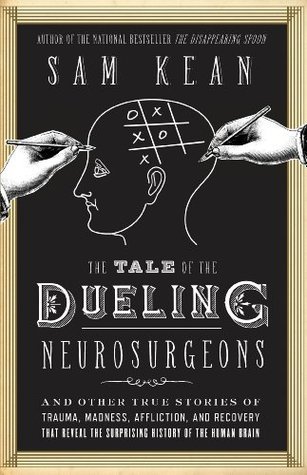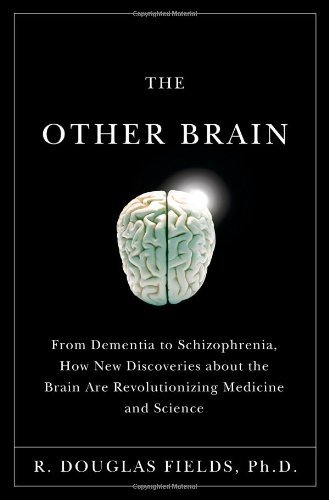
The Brain that Changes Itself: Stories of Personal Triumph from the Frontiers of Brain Science
Book Description
What if the key to unlocking your potential lies within the very structure of your brain? In "The Brain that Changes Itself," Norman Doidge unveils astonishing tales of people who defy the odds through the power of neuroplasticity. From stroke survivors reclaiming lost abilities to individuals overcoming lifelong challenges, these gripping stories illuminate how the brain adapts and transforms. As science reveals its incredible capacity for change, questions arise: Can we really reshape our thoughts, behaviors, and destinies? Prepare to be inspired as you ponder the limits of possibility and the resilience of the human spirit. What could you achieve if you dared to challenge the bounds of your own brain?
Quick Book Summary
"The Brain that Changes Itself" by Norman Doidge is a groundbreaking exploration of neuroplasticity—the brain’s remarkable ability to reorganize and adapt throughout life. Through personal stories and scientific discoveries, Doidge illustrates how individuals have overcome injuries, learning difficulties, and psychological challenges by harnessing the brain’s inherent flexibility. The book reveals that abilities once believed to be permanently lost can sometimes be restored with persistent effort and innovative therapies. Packed with inspiring examples, from stroke survivors regaining movement to children with learning disabilities achieving breakthroughs, the narrative transforms how we view the nature of the mind. Doidge’s work not only brings hope to those struggling with neurological issues, but also demonstrates the immense capacity for change and growth within us all.
Summary of Key Ideas
Table of Contents
Neuroplasticity: The Brain’s Adaptive Power
Norman Doidge introduces the concept of neuroplasticity, overturning the long-held belief that the brain’s structure becomes fixed after childhood. He reveals, through scientific research and real-life stories, that brains remain malleable throughout our lives. Doidge highlights pioneering scientists who discovered that brain regions can take over lost functions, and that mental and physical exercise can reshape neural pathways, offering new hope for injury recovery and personal development. These insights have profound implications for how we understand and address cognitive and neurological conditions.
Overcoming Physical and Cognitive Limitations
The book shares compelling case studies of individuals who have reclaimed lost functions where traditional medicine had little hope to offer. For example, stroke patients retrain unaffected brain areas to compensate for damaged regions. People suffering from learning disabilities or sensory deficits are shown making transformative progress through targeted brain exercises. These stories not only illustrate the concept of neuroplasticity, but they also highlight the power of persistence and innovation in overcoming adversity.
The Role of Mind and Behavior in Brain Change
Doidge delves into the connection between our thoughts, behaviors, and physical brain changes. He explores how repetitive mental activity, therapy, and even conscious intention can build new neural pathways, sometimes breaking harmful habits and compulsions in the process. By engaging in new experiences and consistent practice, individuals can consciously direct their brain’s adaptation, emphasizing how our actions and mindset can literally shape who we become.
Implications for Therapy and Personal Growth
Another key theme is the revolutionary impact of neuroplasticity on rehabilitation, therapy, and lifelong learning. The book discusses interventions—such as constraint-induced movement therapy for stroke or specific cognitive training for learning disabilities—that exploit the malleability of the brain to improve functioning. This reframing challenges the view that mental decline with age is inevitable, and instead presents ongoing neuroplastic growth as possible well into old age. The practical takeaway is empowering: with the right strategies, improvement is achievable even in challenging circumstances.
Challenging the Myth of a Hardwired Brain
In closing, Doidge contests the myth of a rigid, hardwired brain by arguing that limitations are not as fixed as previously assumed. The stories of personal triumph throughout the book serve as a testament to the resilience of the human spirit and the transformative potential within everyone. Ultimately, Doidge’s work inspires readers to rethink not only the limits of the brain but also their own potential for change, growth, and healing in the face of life’s obstacles.
Download This Summary
Get a free PDF of this summary instantly — no email required.





